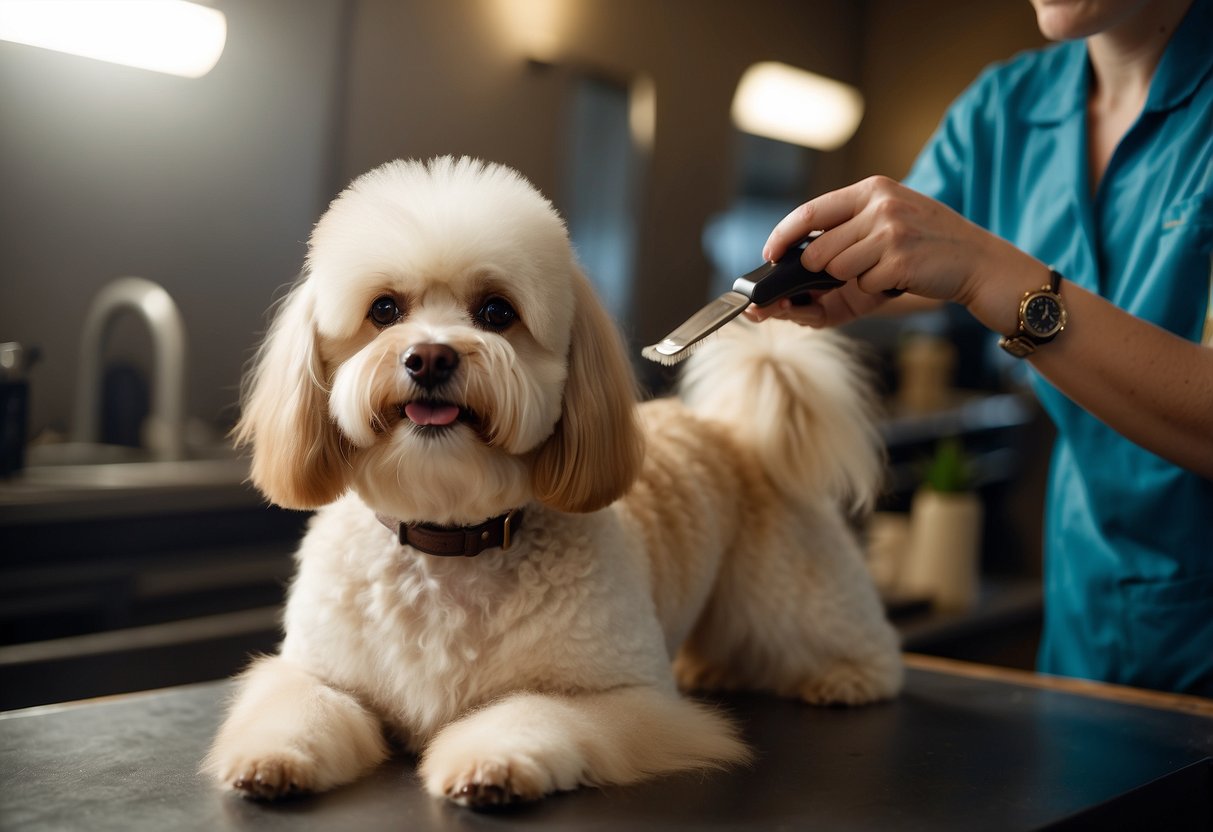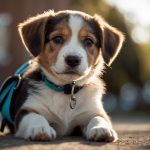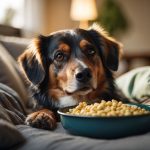
Curly-Coated Breeds
Curly-coated breeds like Poodles and Bichon Frises have unique grooming needs to maintain their distinctive curls and avoid matting. Regular brushing and professional grooming are essential to keep their coats healthy and looking their best.
Poodle
Poodles come in various sizes, such as Standard, Miniature, and Toy, but all share the same curly coat. To keep a Poodle’s coat in top condition, brushing at least 2-3 times a week is necessary. This helps prevent tangles and mats, which can cause discomfort and skin issues.
Professional grooming every 4-6 weeks is recommended for Poodles. During these sessions, their coat should be trimmed, and attention must be given to the nails and ears. Because Poodle hair grows continuously, regular trims are key to maintaining their iconic look.
A gentle shampoo formulated for sensitive skin is preferred to keep the coat clean without causing irritation. Conditioning the coat can also help keep the curls soft and manageable. It’s important to check for any signs of skin problems or parasites regularly, especially because their dense coat can sometimes hide issues.
Bichon Frise
The Bichon Frise has a soft, curly coat that requires consistent grooming to prevent matting. Daily brushing is ideal, using a slicker brush and comb to remove tangles and loose hair. This breed has a thick double coat which can be prone to knots if not properly maintained.
Professional grooming every 4-6 weeks is crucial. During grooming, the coat is usually clipped to a manageable length, and the groomer will also take care of nail trimming and ear cleaning. The Bichon’s coat can grow quickly, so regular trims help maintain their characteristic appearance.
Bathing every couple of weeks or as needed, with a mild shampoo, keeps the coat clean and fluffy. Regularly checking for tear stains around the eyes and keeping them clean is also important, as Bichon Frises are prone to tear staining.
Double-Coated Breeds
Double-coated breeds require consistent care to maintain their health and appearance. These breeds have two layers of fur for insulation and protection, necessitating specific grooming techniques.
Siberian Husky
Siberian Huskies have a dense double coat that can shed profusely. Regular grooming helps manage their shedding and keeps their coat healthy. They typically “blow” their undercoat twice a year, during which time they shed heavily.
Brushing a Siberian Husky’s coat at least once a week is important. During shedding seasons, brushing may need to increase to daily sessions. Huskies benefit from a slicker brush and an undercoat rake to remove loose hairs. Bathing should be done every one to three months, ensuring the coat is thoroughly dried to prevent skin issues.
German Shepherd
German Shepherds have a double coat that requires frequent grooming to control shedding and minimize matting. Their outer coat is straight and coarse, while the undercoat is soft and dense. They shed lightly year-round with heavier shedding in the spring and fall.
Weekly brushing using an undercoat rake and slicker brush helps keep the coat in good condition. During shedding seasons, daily brushing can be beneficial. German Shepherds should be bathed every three to four months or as needed, ensuring the coat is completely dry to avoid skin irritation. Regular grooming also allows for early detection of any skin problems.



